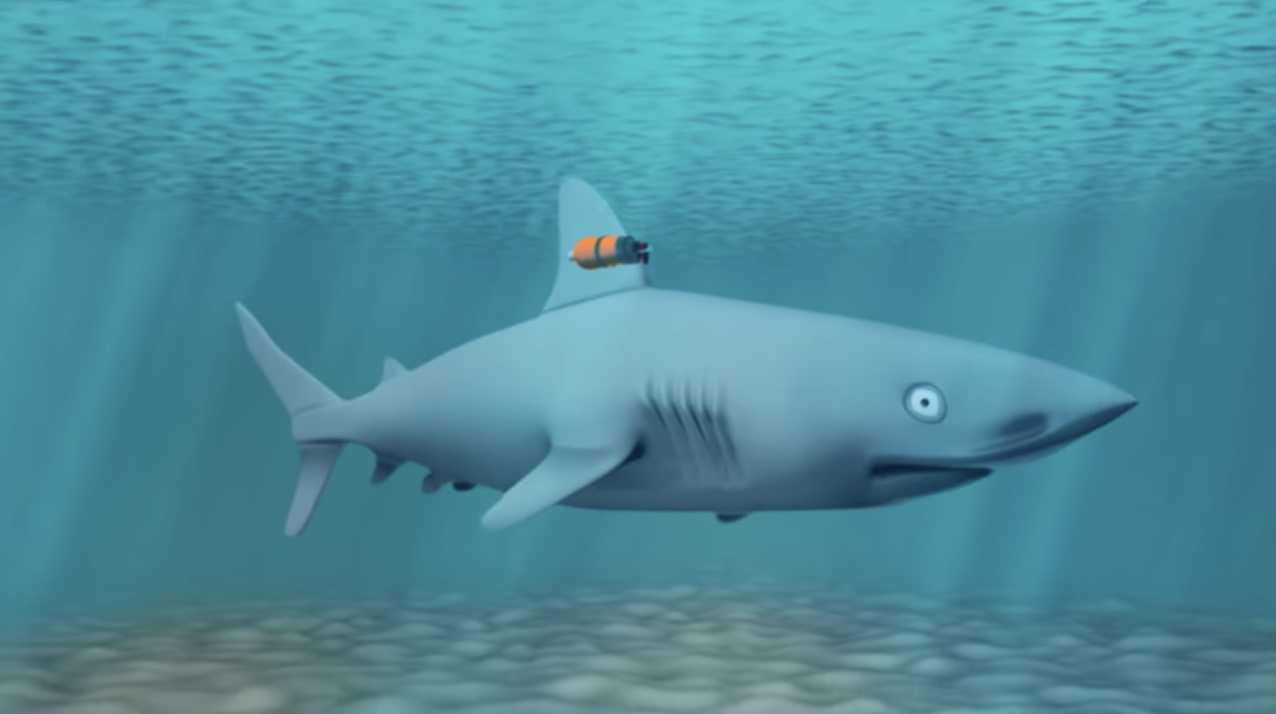Blacktip Reef Shark Aggression in Moorea
jparadise
Abstract
On the island of Moorea, French Polynesia, tourism operators have engaged in consistent elasmobranch provisioning at specific sites since the 1990s, conditioning the area’s shark and ray populations to human feeding and developing profitable lagoon tours based on close-contact elasmobranch encounters. Over the years, various scientific studies have established that this provisioning significantly increases the density of elasmobranch populations at such feeding sites, with potential repercussions for the behavior of these species and the health of the ecosystem as a whole. However, the impacts of provisioning on individual, interaction-level elasmobranch behavior remains largely unexamined. Focusing on Moorea’s blacktip reef shark ( Carcharhinus melanopterus ) populations, this study will investigate whether elasmobranch provisioning impacts the species’ levels of aggression and/or territorial behaviors, comparing observed behaviors at comparable feeding and non-feeding sites. Using a combination of in-the-field observations and photographic methods, I will specifically examine 1) the presence of aggressive or territorial interactions between individual blacktip sharks and 2) the presence of over-confident or aggressive behaviors towards people within the provisioning areas. In doing so, I hope to gain a greater understanding of possible impacts on shark behavioral dynamics or health, so as to inform any measures that shark operators should take to enhance both shark health and human safety.
Before start
Prior to beginning measurements:
- Make sure camera and timekeeping batteries are charged several hours prior to starting measurements.
- Adapt recommended spreadsheet as necessary.
- Confirm that camera time matches timekeeping equipment – note any discrepancies as necessary.
- Always check the underwater camera for leaks prior to entering the water.
Steps
Observations
Preparation
Gather necessary materials:
- Snorkeling/diving gear (Mask, snorkel, fins, dive equipment, weight belt)
- Underwater camera
- Underwater notepad
- Shark tagging equipment
- Underwater watch or timekeeping equipment
- Bag that attaches to weight-belt (optional, for storing items)
Confirm that timestamp on camera matches other timekeeping equipment used for the observations - note any discrepancies as necessary.
Ensure that all camera batteries are charged.
Observations : Enter the water at Site #1 at 8am and start observations.
Take photos of all observed sharks (to ID specific individuals and subsequently analyze for any scarring (signs of aggression). Specifically take photos of any obvious scarring (in these, try to also photograph the fin of the shark, so as to match scars with specific individuals).
Film any observed interactions. For the purpose of our analysis, we will define an interaction as any time sharks swim together or come in close proximity to one another or people. Thus, start filming anytime two sharks approach each other or tourists (as it is difficult to predict if/when aggressive behaviors will occur). Try to document all sharks involved within the frame, particularly fins (for identification) and presence of claspers (for sex differentiation).
Note any observed interactions with exact time (accurate to the nearest minute) and the nature of the behavior observed on underwater notepad (aggressive/non-aggressive). However, prioritize photos and film first, over recording to the minute, as photos and video include the timestamp in their metadata.
Also observe for any active shark feeding or suspected feeding by divers or tourist operators - note any if observed, alongside the appropriate timestamp.
Complete observation session after one hour. Rinse camera equipment and, if possible, download all footage onto a separate hard-drive (to avoid data loss if the camera subsequently floods).
Repeat the above observation process at Site #1 at 1pm and 6pm. (This will provide a more holistic insight into shark behavior throughout the day, as opposed to at one specific time.)
Repeat the above observation process at Sites #2, #3, and #4, ideally over the following three days. Note that Sites #2 and #4 may require SCUBA diving to reach the shark feeding activities - as such, make sure to follow PADI/NAUI recommendations and safety guidelines while performing research.
Recommended: Repeat the above observation process at all sites 3-6 months later, so as to mitigate any seasonal effects on behavior.
Camera Tagging
Preparation:
Gather necessary materials (Shark Cam)
Ensure that camera is prepared as necessary (fully charged, with no leaks)
Tagging Process:
Return to site #1 in the morning, at 7:30am, prior to the arrival of tours
Wait for the pressure sensor to show that the tag has returned to the surface.
Use the tag’s inbuilt GPS tracker to identify coordinates and retrieve the device.
Download the footage (using the Data Storage and Analysis process below) and analyze the video for behavior and interactions.
Repeat this process for Sites #2, #3, and #4.
Recommended: Repeat the above observation process at all sites 3-6 months later, so as to mitigate any seasonal effects on behavior.
Data Storage and Analysis
Ensure all footage is transferred onto a hard-drive and back-up as necessary.
Recommended: Create one folder for ID and scarring photos and another for behavior videos; sort as necessary.
Work to ID specific sharks based on fin photos; if possible, assign each shark with a specific identifier.
Analyze photos for potential scarring and try to determine the cause (eg. boat strike, shark bite, etc.)
Input data into a spreadsheet.
For shark observation photos, note time, site number, shark ID number, presence of scarring, type of scarring, photo file numbers.
For behavior videos, note time, site number, active/suspected feeding (yes/no), shark ID number(s), behavior type, obvious aggression (yes/no), shark-only interaction (yes/no), shark-diver interaction (yes/no), number of sharks involved, male shark aggression towards female shark (yes/no/NA), and photo/video file number (if applicable).
Calculate the number of interactions observed at each site and the number of interactions of individual sharks.
Calculate the number of aggressive behaviors observed at each site and the number of aggressive behaviors of individual sharks (if any).
Determine the percentage of aggressive behaviors relative to interactions at each site.
Analyze both the quantities and percentage of aggressive behaviors, as well as any other trends appearing in the data (eg. disproportionate aggression towards female sharks at mixed-sex feeding areas).


